
Many of us believe dinosaurs to be among the oldest living things on Earth but they have all gone extinct and are not coming back. But do you know of any creatures that existed even before dinosaurs? What if we told you scientists recently discovered fossils of the ‘oldest animal known to humans’, and wait for it – in India! Yes, you read that right. In a very recent ‘accidental discovery’, some archeologists touring the Bhimbetka Rock Shelters in Bhopal found fossil remains of a creature named – Dickinsonia.
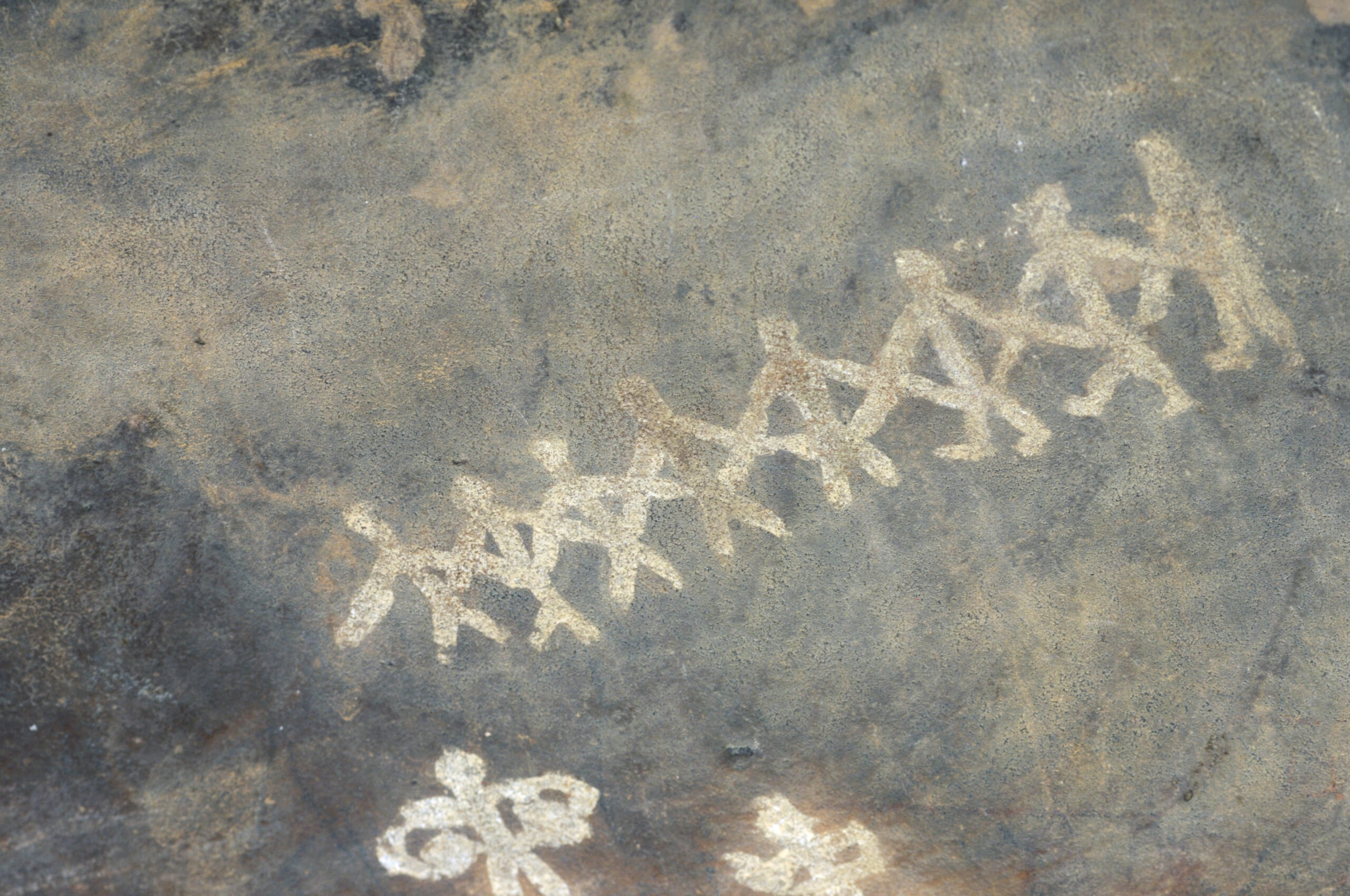
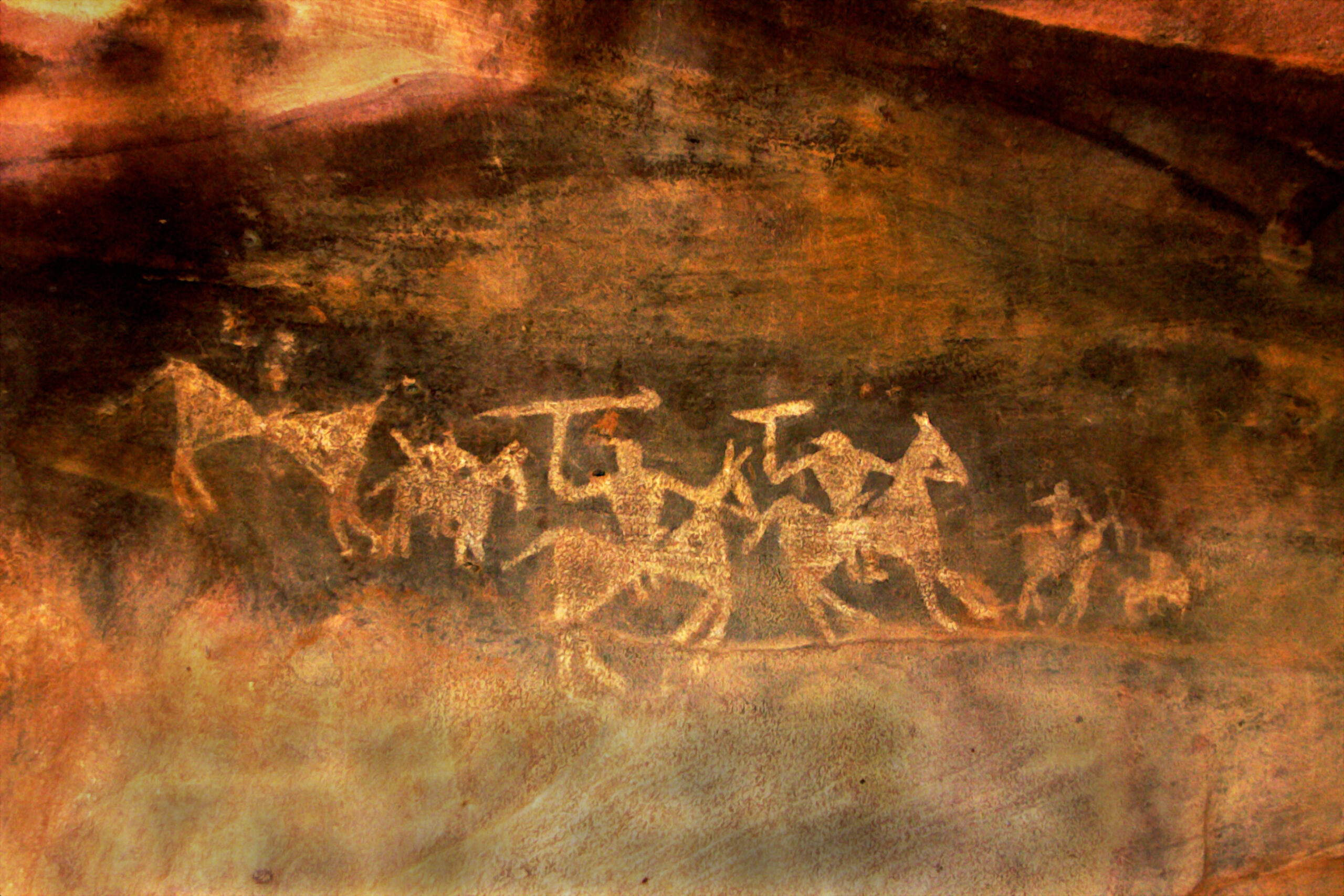
Bhimbetka rock shelters were included in the list of UNESCO World Heritage Sites in 2003. They are famous worldwide for their cave paintings that provide evidence of human civilization during 8,000 B.C. i.e a time period approximately 10,000 years ago! The cave paintings show themes such as animals, with early evidence of dance and hunting.

Dickinsonia fossil discovered in Bhimbetka caves
The time of its existence
Dickinsonia is estimated to have lived during the Late Ediacaran period i.e. 570 million years ago. The creatures from this era are known as ‘The Ediacarans’. They were an odd bunch of creatures consisting of ringed discs and patterned blobs to lumpy ropes and wavy fronds. These soft and squishy misfits were Earth’s earliest examples of complex life. Dickinsonia is the most famous of all the Ediacarans. First discovered in Australia in 1972, its fossils have been found in many parts of the world, except Antarctica. Bhimbetka rock shelters are the first such discovery of this genus’ fossil in India. This recently-discovered fossil measures around 17-inches long, while other fossils discovered in different parts of the world only go up to 4 feet in length.
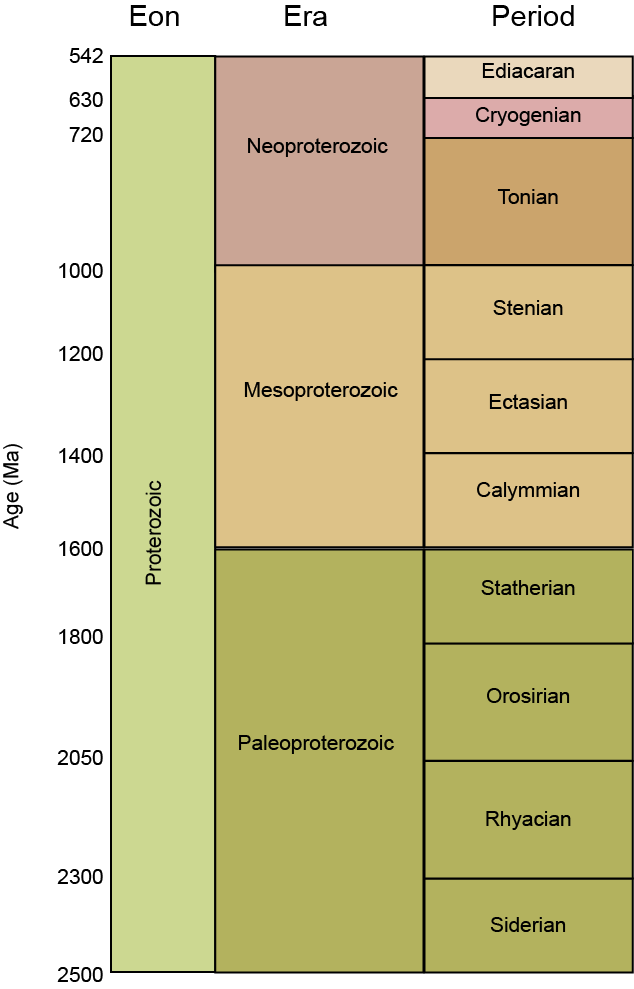
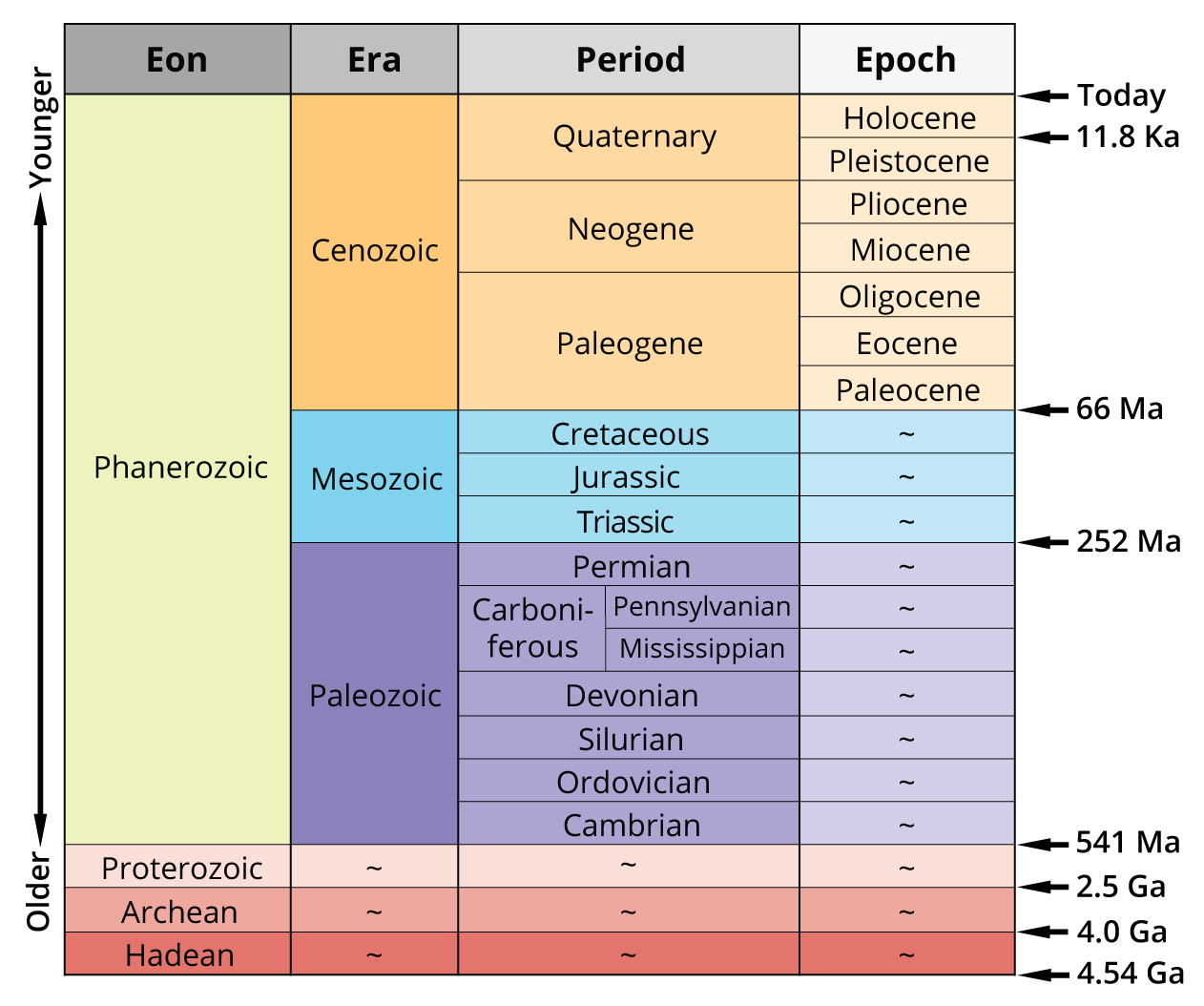
But, what exactly is Dickinsonia?
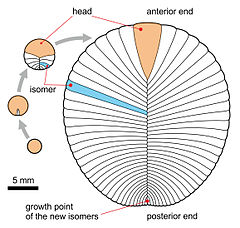
This question has long puzzled scientists and researchers. Is it a fungi or a protist or an animal? At various points in history, they’ve assigned these curious forms to almost every kingdom of life. The debate seemed to have been settled with a study published in 2018 in a science journal. It concludes that Dickinsonia is a type of animal. The study relies on the discovery of cholesterol molecules in the fossils of Dickinsonia as a support to the idea that it was an animal.
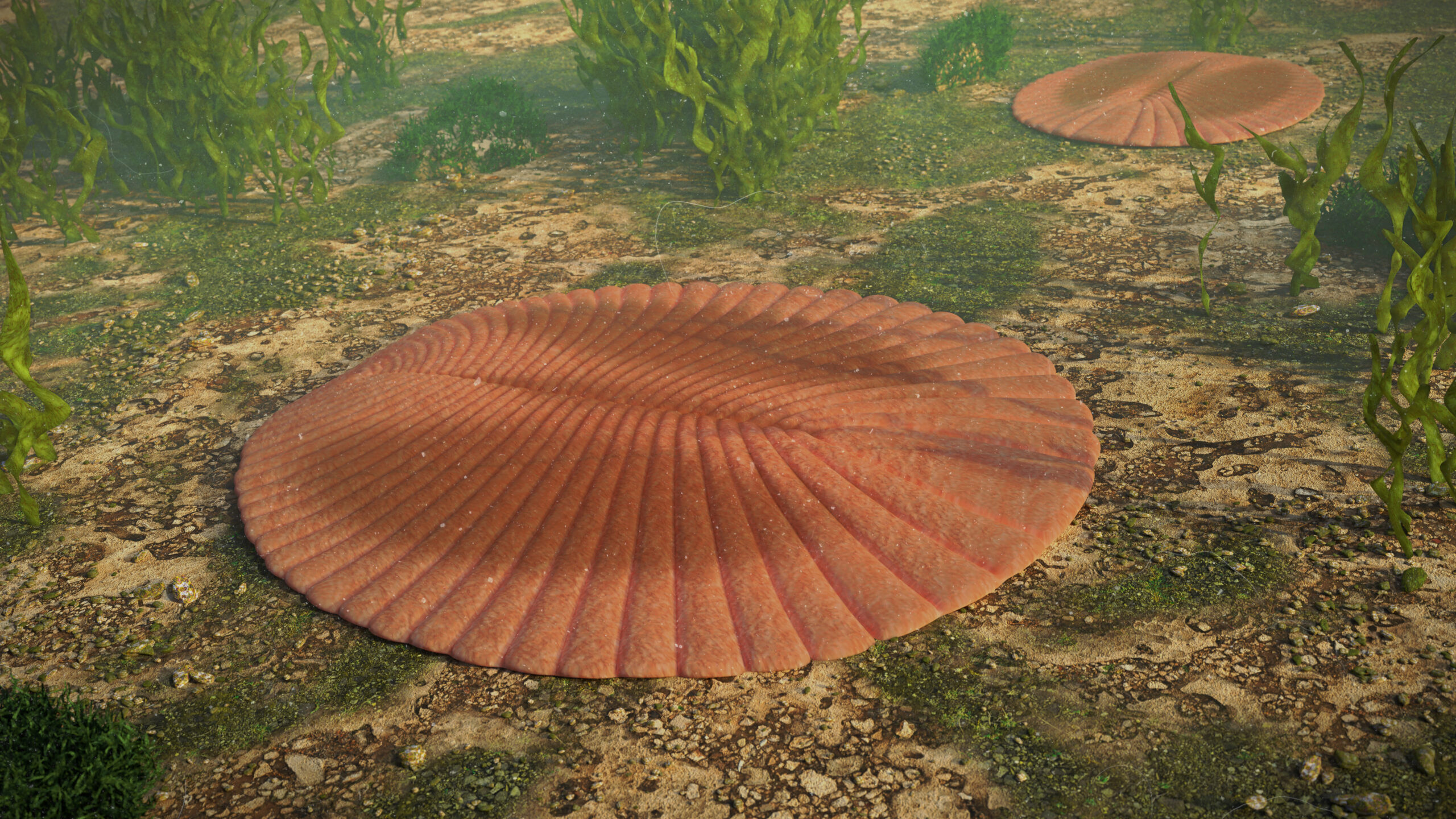
So how does it matter if Dickinsonia was an animal?!
With Dickinsonia declared an animal, it becomes one of the key links between the early, simple organisms and the complex animals that exist today, like us humans! “This was already actually one of us,” says study author Jochen Brocks, paleo biogeochemist at Australian National University. “It was an animal.”
Though Dickinsonia eventually went extinct, the animal is one of many early experiments in multicellular life that eventually gave rise to our modern existence today.
Knowing that Dickinsonia was an animal that lived in the Indian subcontinent paves way for further research about the evolution of life on our planet. Their appearance marks a great evolutionary shift from tiny to tremendously large life forms.
By studying the evolution of life forms ranging from Dickinson to modern humans and other species, scientists can better understand the makings of complex creatures. Such work could also yield clues about how life developed on other planets. Isn’t this a far cheaper and convenient methodology to study life than to visit other planets all together? What do you think?
Share your thoughts with us in the comment section.
Charu, a feminist and an accidental writer, is yet to master the art of writing about herself. Always curious to learn new stuff, she ends up spending a lot of time unlearning the incorrect lessons. She enjoys all sorts of stories – real, fictional, new, old, hers and would love hearing yours too. Feel free to ping her at storyweavers@byjus.com to share anything that you think is worth sharing.
Comments
Abhinav Kumar
May 31, 2021
Very informative ?.
Twisha Patel
March 17, 2021
Fantastic information…!!!!!
TASHVI MANGLA
March 16, 2021
Amazing
Kanishka
March 13, 2021
First to comment?
Superb very interesting